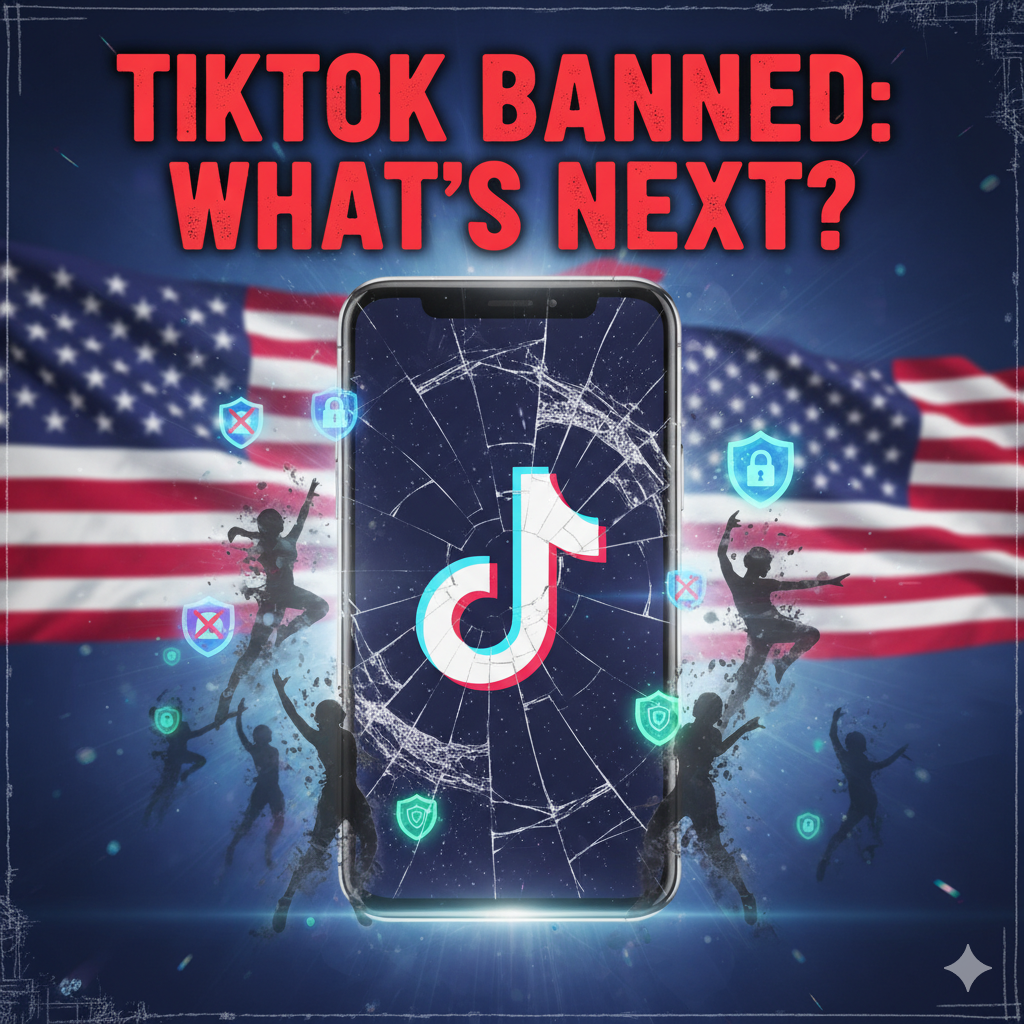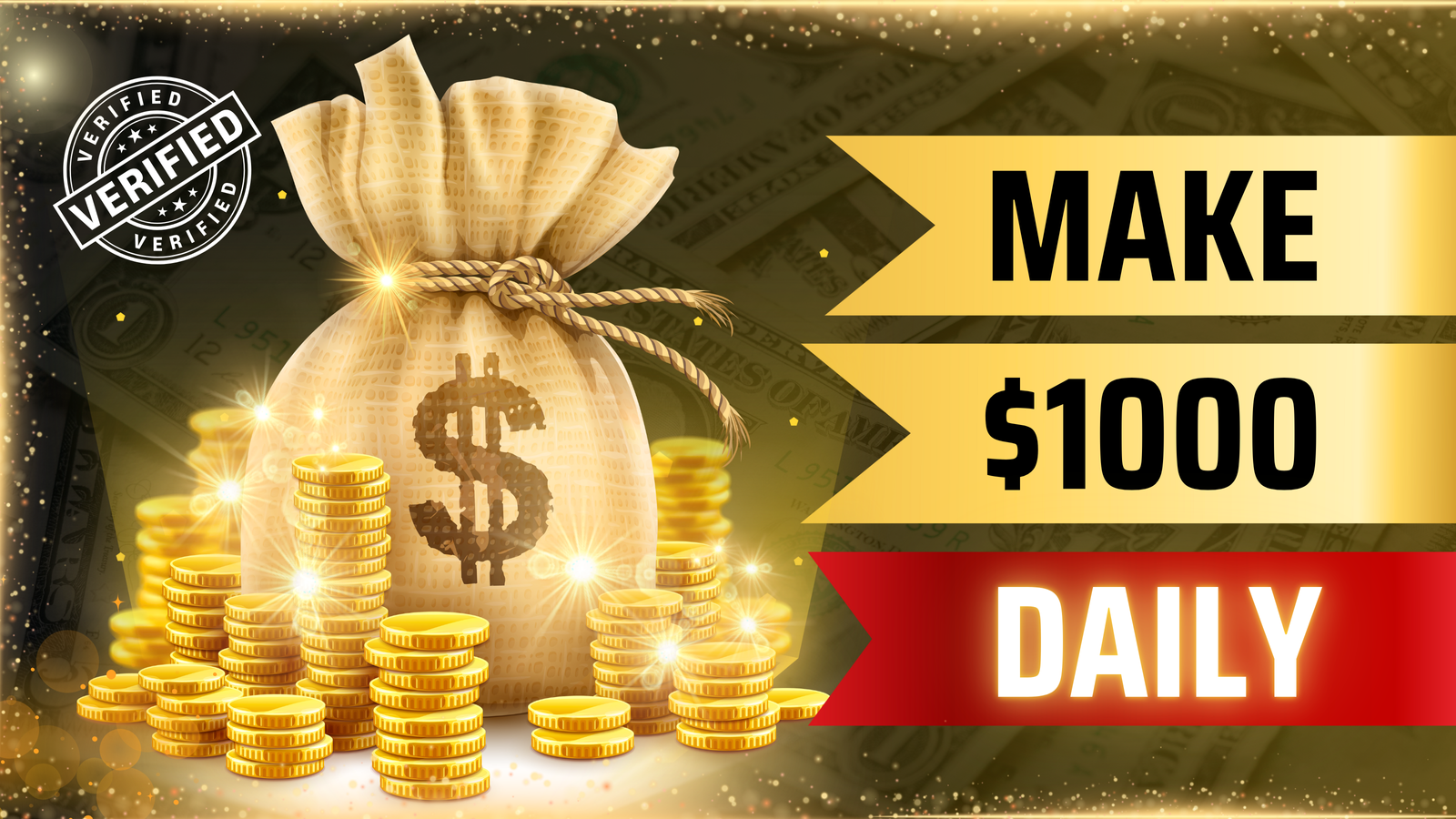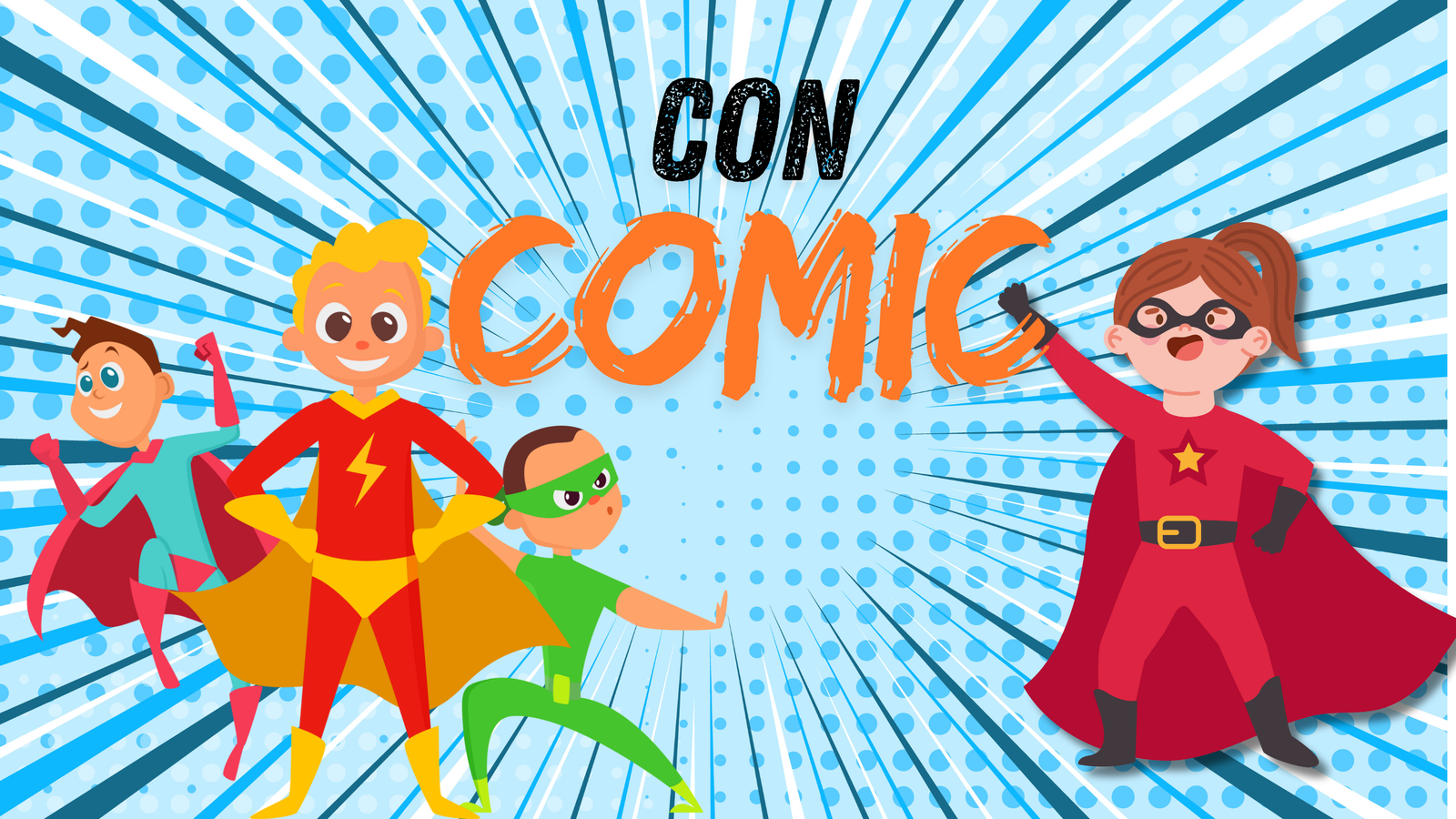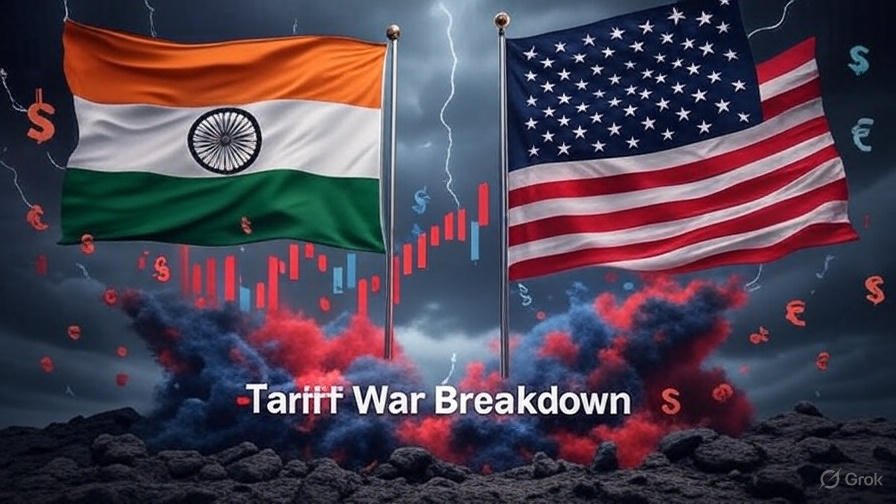The TikTok Ban: Navigating the Future of Social Media in America

Picture this: one day you’re scrolling through TikTok, laughing at dance challenges or discovering new recipes, and the next—poof—it’s gone. That’s the reality for millions of Americans since the TikTok ban US 2025 kicked in on January 19. With over 170 million US users, the ban has sent shockwaves through TikTok youth culture, hit content creators hard, and rattled the digital economy TikTok ban impacts. Driven by privacy concerns TikTok and geopolitical tensions social media, the US government, citing national security risks tied to TikTok’s Chinese parent company, ByteDance, pulled the plug. But what does this mean for the creators who built careers on the app, the teens who shaped trends, and the businesses banking on its reach? Let’s dive into the fallout, the opportunities, and the future of social media in America, all while unpacking the messy TikTok ban impact creators and beyond. Buckle up—it’s a wild ride!
Why Did the TikTok Ban Happen?
The TikTok ban US 2025 stems from a mix of privacy concerns TikTok and geopolitical tensions social media. Web sources explain that the US government, through the Protecting Americans from Foreign Adversary Controlled Applications Act (PAFACA), flagged TikTok as a national security threat due to fears that ByteDance could share user data with the Chinese government or manipulate content to influence public opinion. These concerns, echoed by lawmakers since 2020, led to a law requiring ByteDance to sell TikTok’s US operations or face a ban. When no sale materialized by January 19, 2025, app stores like Google and Apple pulled TikTok, making it inaccessible to new users, though existing users faced disruptions for about 12 hours before partial restoration under executive action.
Sentiment on X shows a split: some users back the ban, citing “spying risks,” while others call it a “free speech attack.” Web sources note there’s no public evidence of TikTok sharing US data with China, but the potential, tied to China’s legal framework, fueled the push. Add in US-China trade tensions, and it’s clear this ban is as much about geopolitics as privacy. The result? A seismic shift in America’s social media landscape.
Impact on Content Creators
The TikTok ban impact creators is massive. Web sources estimate that over 7 million US creators, many earning $10,000–$100,000 annually through brand deals and TikTok Shop, are now scrambling. Creators like Tiffany Watson, a 20-year-old influencer, expressed on X their shock at the ban, with many in “denial” about losing their platform. The ban disrupts livelihoods, forcing creators to pivot to alternatives like Instagram Reels or YouTube Shorts, which often lack TikTok’s viral reach and algorithm magic.
Here’s how creators are affected:
- Loss of Income: TikTok’s Creator Fund and brand partnerships were lifelines for many. Web sources say small businesses and creators generated $24 billion in revenue via TikTok in 2023.
- Platform Migration: Many are flocking to RedNote, a Chinese-owned alternative, or US platforms like Instagram, but adapting to new algorithms is tough, as noted on X.
- Community Loss: TikTok’s unique community vibe, from niche fandoms to viral trends, is hard to replicate, leaving creators feeling adrift.
Sentiment on X captures the frustration, with creators posting “goodbye” videos to their “Chinese spy” app, while others vow to bypass the ban via VPNs or alternative app stores, risking cybersecurity issues, as web sources warn.
Shaking Up Youth Culture
TikTok was the heartbeat of TikTok youth culture, with 60% of its US users aged 16–24, according to web sources. The ban has left teens and young adults reeling, as the app shaped trends, slang, and even political activism. From dance challenges to mental health discussions, TikTok was a cultural juggernaut. Now, its absence is forcing a shift to platforms like Instagram and YouTube, which some on X call “less authentic” for youth expression.
The impact includes:
- Cultural Void: TikTok’s short-form videos defined Gen Z’s creative outlet. Web sources note a 30% drop in youth engagement on alternative platforms.
- Political Disconnect: Young voters used TikTok for activism, with 34% citing it as a news source in 2024. The ban risks alienating this demographic, as per X posts.
- New Platforms Emerging: RedNote and other apps are gaining traction, but their algorithms don’t yet match TikTok’s addictive pull.
On X, teens lament losing their “safe space” for creativity, while others are excited to explore new platforms, though they worry about recreating TikTok’s vibe.
Digital Economy Shifts
The digital economy TikTok ban effects are far-reaching. Web sources report TikTok contributed over $24 billion and 200,000 jobs to the US economy in 2023, from small businesses using TikTok Shop to creators driving sales. The ban disrupts this ecosystem, pushing businesses to platforms like Instagram or Amazon, which may not offer the same engagement. Web sources estimate a $10 billion economic hit in 2025, with small businesses hit hardest.
Key shifts include:
- E-Commerce Impact: TikTok Shop’s seamless buying experience drove impulse purchases. Businesses now face higher costs on other platforms, as per web sources.
- Ad Revenue Loss: Brands spent $2 billion on TikTok ads in 2024. The ban redirects funds to competitors, boosting US platforms like Meta and Google.
- Innovation Push: The ban could spark new US-based platforms, with startups eyeing TikTok’s 170 million users, as noted in web sources.
Sentiment on X shows businesses pivoting fast, with some praising Instagram’s growth but others worried about losing TikTok’s unique reach. The ban’s ripple effects are reshaping the digital economy TikTok ban landscape.
Privacy Concerns Driving the Ban
Privacy concerns TikTok are at the ban’s core. The US government fears ByteDance could share user data—like location or browsing history—with China, citing national security. Web sources note TikTok collects similar data as US platforms like Meta, but its Chinese ownership raises red flags. The lack of comprehensive US data privacy laws, as highlighted in web sources, means adversaries could buy data from brokers anyway, making the ban feel like a half-measure to some.
On X, users debate whether TikTok’s data practices are uniquely risky, with some calling for broader privacy reforms over targeting one app. Web sources suggest a federal privacy law could address these issues more effectively, protecting users across all platforms.
Geopolitical Tensions and Social Media
The ban is a flashpoint in geopolitical tensions social media. Web sources frame it as part of US-China “techno-nationalism,” with China banning US platforms like Google and Meta, and the US retaliating against TikTok. This tit-for-tat risks escalating trade disputes, with China potentially restricting US firms in response, as noted in web sources. The ban also sets a precedent, with other Chinese apps like WeChat possibly facing scrutiny.
Sentiment on X reflects this divide, with some users seeing the ban as “protectionism” favoring US tech giants, while others view it as a necessary stand against foreign influence. The geopolitical chess game is reshaping how social media operates globally.
Navigating the Post-TikTok Era
So, how do creators, businesses, and users move forward? Here’s how to navigate the new reality:
- For Creators: Pivot to Instagram Reels or YouTube Shorts, focusing on short-form content. Learn new algorithms and leverage existing audiences.
- For Businesses: Shift marketing to platforms with strong e-commerce, like Instagram or Amazon, and explore emerging apps like RedNote.
- For Users: Experiment with new platforms, but use VPNs cautiously due to cybersecurity risks, as warned in web sources.
Web sources suggest the ban could spark innovation, with US startups racing to fill the gap. On X, users are optimistic about new platforms but urge creators to “keep it real” to maintain TikTok’s authentic vibe.
Future of Social Media in America
The TikTok ban US 2025 is reshaping social media’s future:
- New Platforms: Startups may launch TikTok-like apps, with web sources predicting a $5 billion investment in short-form video by 2027.
- Privacy Reforms: The ban highlights the need for federal data laws, potentially regulating all platforms by 2030.
- Global Fragmentation: More countries may ban apps, fragmenting the global internet, as per web sources.
Sentiment on X is mixed, with excitement for new platforms tempered by nostalgia for TikTok’s community. The future hinges on balancing innovation, privacy, and global dynamics.
Conclusion: A New Chapter for Social Media
The TikTok ban US 2025 has upended TikTok youth culture, hit TikTok ban impact creators hard, and shaken the digital economy TikTok ban effects, all driven by privacy concerns TikTok and geopolitical tensions social media. As creators pivot, youth explore new platforms, and businesses adapt, the ban marks a turning point. By embracing new opportunities and advocating for privacy reforms, America can shape a vibrant, secure social media future. What’s your take on the ban? Share below and dive into more tech insights on Mehena to stay ahead in this shifting digital world!





